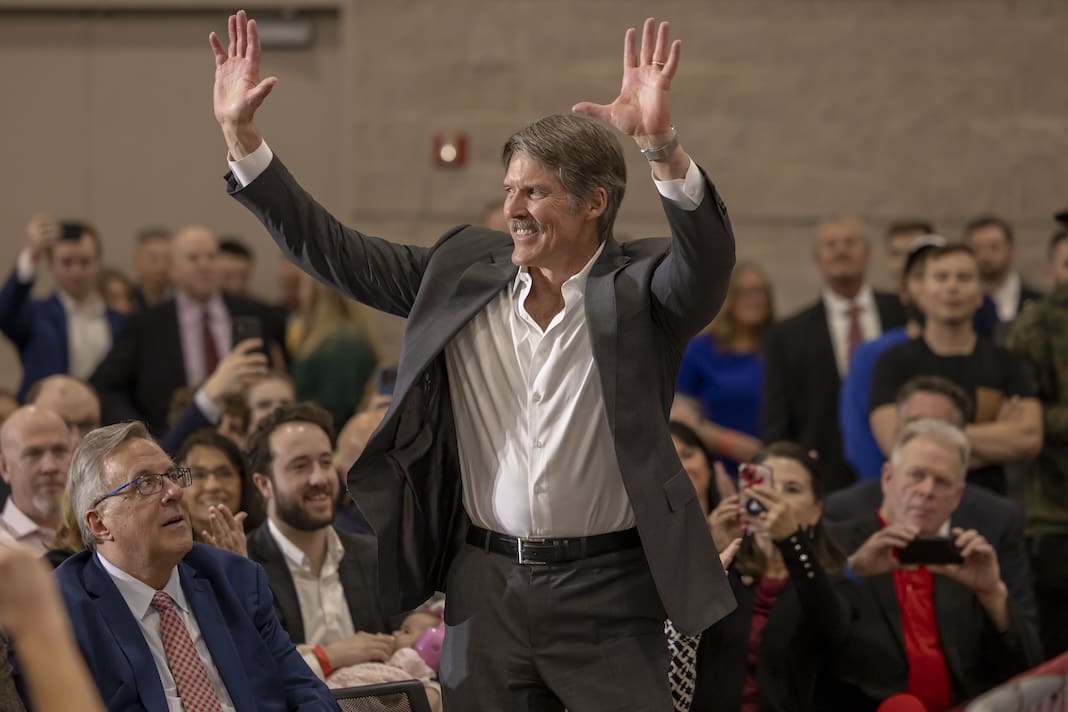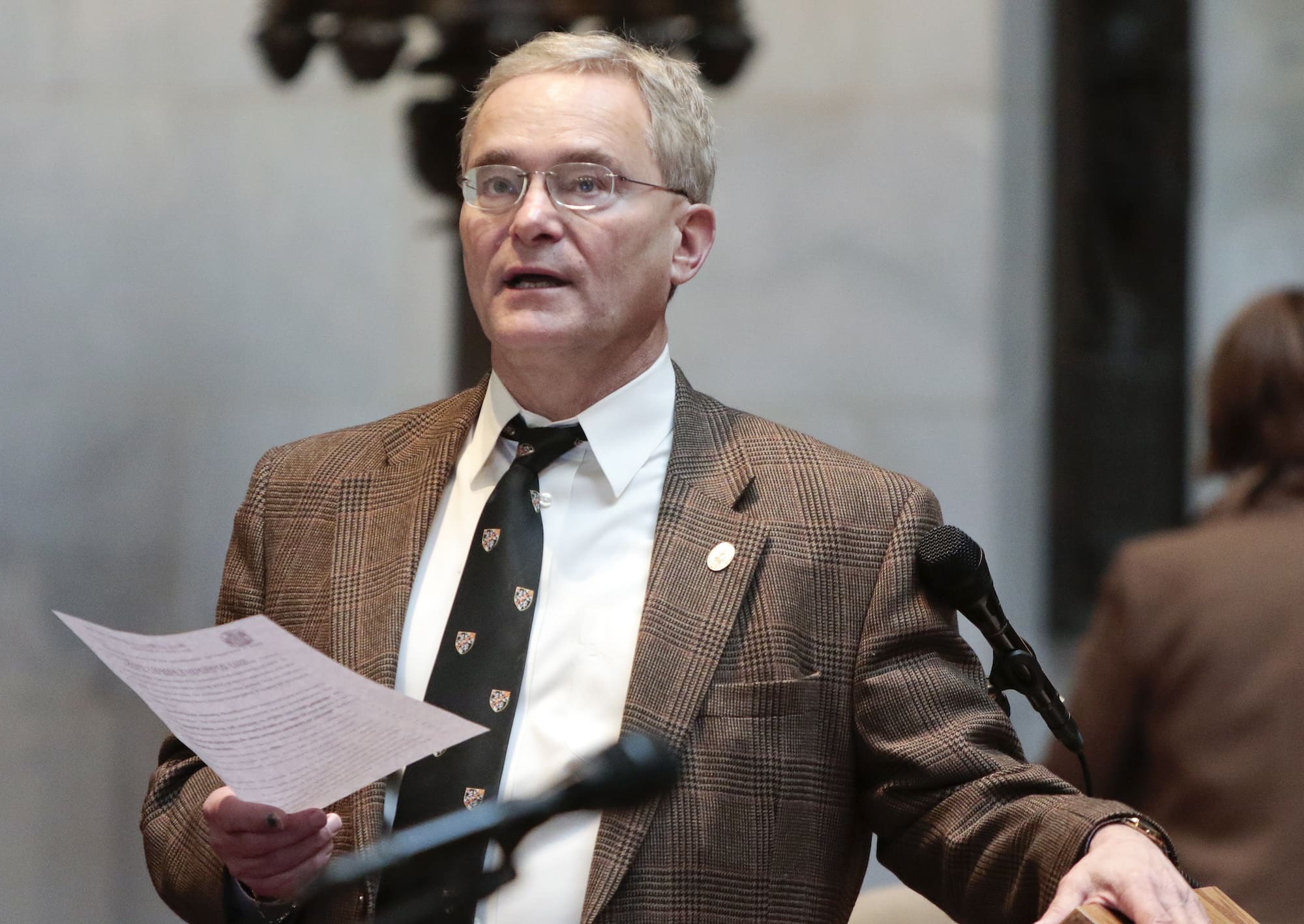Wisconsin has two primaries before November. What’s the difference between them?
Voters will choose which candidate for president they want their party to nominate in April.

Wisconsinites will vote in two primaries, in April and August, before they head to the polls in November.
Each primary is part of the process of setting the final ballot for the general election. Here’s what you need to know before heading to the polls.
The April election
Wisconsin will hold its spring election on April 2. On the ballot will be local races such as school board and county board, for which primaries took place in February, as well as two constitutional amendment questions.
The April election is also the state’s presidential preference primary, in which voters select the candidate they want their party to nominate to run for president in the general election in November. The results of this primary are only advisory and not binding: They only inform the political parties of the voters’ preferences when they meet in their national conventions over the summer to select their nominees; the conventions don’t necessarily have to select them based on the results of the primary.
Delegates to the conventions can’t just go off and vote for whomever they want, though, and the parties set their own rules on which candidates delegates can vote for. The rules vary from state to state. Republicans make restrictions based on when a primary is held, and Democrats make restrictions on percentages of the vote a candidate receives.
The Democratic National Convention will be held in Chicago on Aug. 19-22, and the Republican National Convention will be held in Milwaukee on July 15-18.
Who will be on the ballot in April?
Wisconsin’s presidential preference primary is open, meaning voters don’t need to preregister with a specific party to be able to vote for that party’s candidates. Each voter may pick one candidate for president, selecting that candidate from either party.
When voters receive their ballot, they will see a section for each party for the presidential preference portion. Two candidates will be listed on the Democratic side, including President Joe Biden. Six candidates will be listed on the Republican side, including former President Donald Trump.
Although most candidates have since dropped out of the race — setting up a likely rematch between Biden and Trump come November — their names will still appear on the ballot and voters can still select them.
The state’s Presidential Preference Selection Committee, run by the state’s Republican and Democratic parties, chooses which candidates appear on the primary ballot.
Voters will also have the option to write in a candidate for their party, or they can select “uninstructed delegation,” which is essentially a vote for a specific party, but not a specific candidate. Some voters say they are planning to vote “uninstructed” in protest of Biden’s handling of the war in Gaza.
The August election
The April election isn’t the last stop before November, however, and Wisconsinites will head to the polls one more time in the Aug. 13 partisan primary.
Voters won’t vote for president in this primary, and instead they’ll select nominees in the other statewide partisan races.
This includes the race for the Wisconsin U.S. Senate seat currently held by Democrat Tammy Baldwin, who first took office in 2013 and is seeking a third term. So far, Baldwin has no Democratic challengers in the primary and is likely to face Republican businessman Eric Hovde, who is not currently facing any serious primary challenges, in the November race.
In the August election, Wisconsin voters will also narrow down the slate of candidates for all eight of the state’s congressional seats, including in the competitive 3rd Congressional District, where three Democrats are vying for the chance to challenge Republican Rep. Derrick Van Orden, who is in his first term in office.
Any primary challenges for all 99 State Assembly seats and 16, or half, of the State Senate seats that are up for election in November will also be on the ballot in August.




